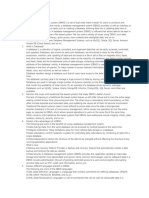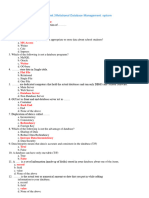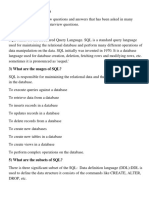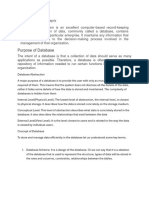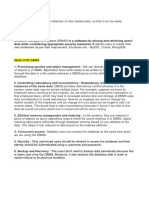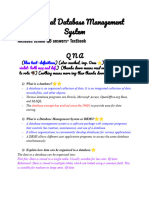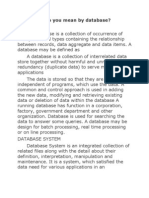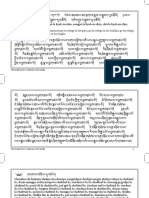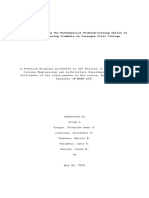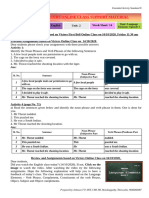0% found this document useful (0 votes)
37 views21 pagesDbms
DBMS, or Database Management System, is software that enables users to create, maintain, and manage databases, providing tools for operations like inserting and updating data while addressing issues like redundancy and inconsistency. A database is an organized collection of data controlled by a DBMS, and the combination of both is referred to as a database system. The document also discusses various aspects of DBMS, including advantages, types of SQL commands, normalization, and the architecture of database systems.
Uploaded by
tony sharkCopyright
© © All Rights Reserved
We take content rights seriously. If you suspect this is your content, claim it here.
Available Formats
Download as PDF, TXT or read online on Scribd
0% found this document useful (0 votes)
37 views21 pagesDbms
DBMS, or Database Management System, is software that enables users to create, maintain, and manage databases, providing tools for operations like inserting and updating data while addressing issues like redundancy and inconsistency. A database is an organized collection of data controlled by a DBMS, and the combination of both is referred to as a database system. The document also discusses various aspects of DBMS, including advantages, types of SQL commands, normalization, and the architecture of database systems.
Uploaded by
tony sharkCopyright
© © All Rights Reserved
We take content rights seriously. If you suspect this is your content, claim it here.
Available Formats
Download as PDF, TXT or read online on Scribd
/ 21

